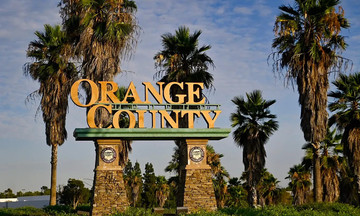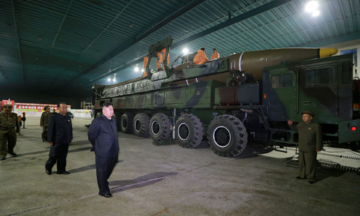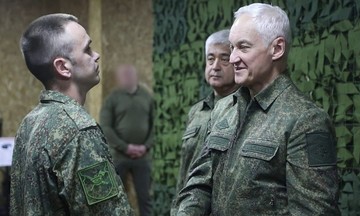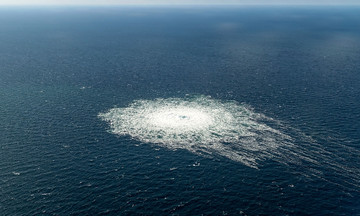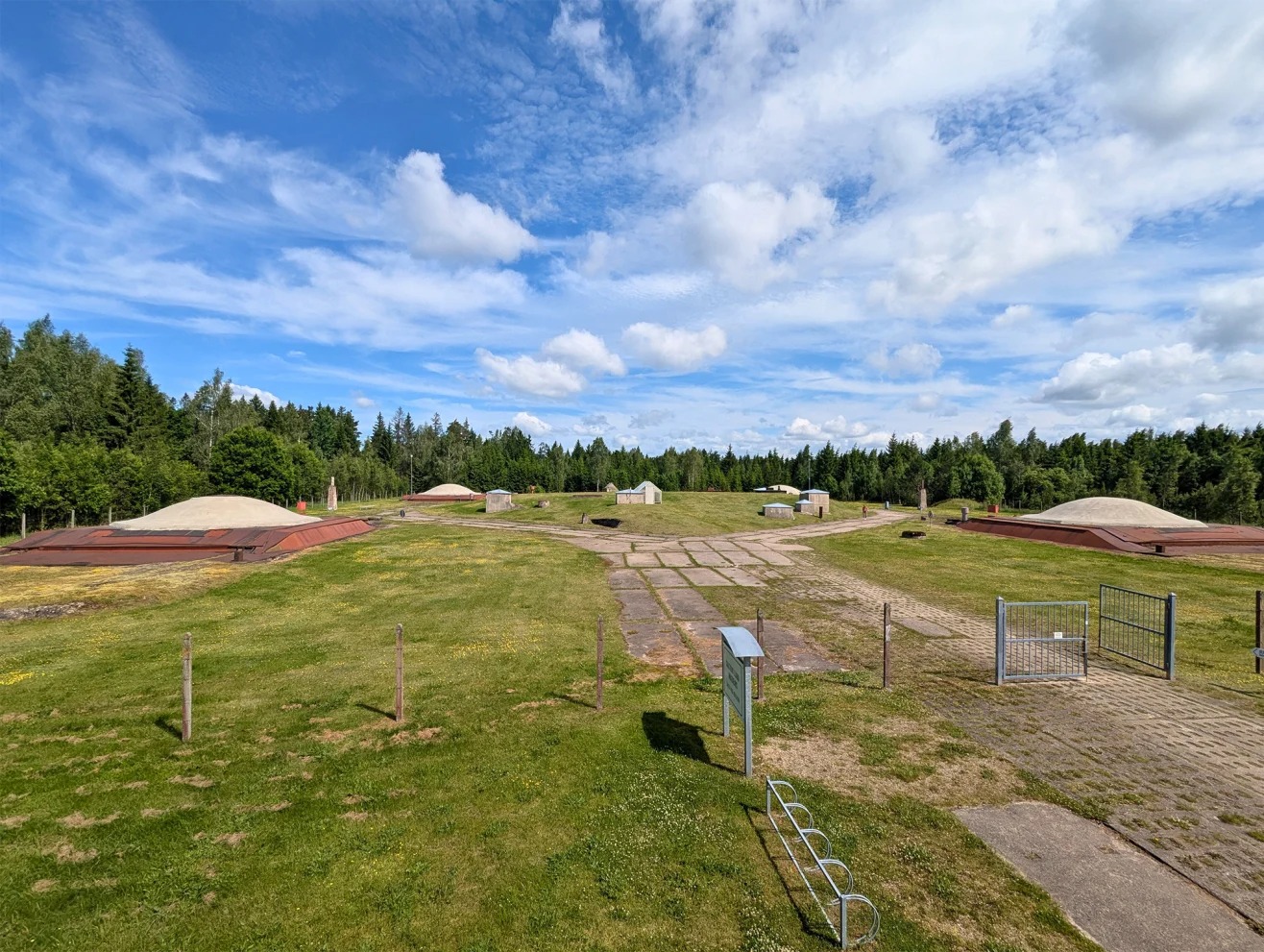 |
The Plokstine missile base is located deep within Zemaitija National Park in western Lithuania, about 30 km from the Baltic Sea. To reach it, one must traverse birch and pine forests, passing a picturesque lake, a wetland, and an ancient village. In the photo, 4 white domes appear before visitors. This is the launch silo area that once housed nuclear missiles. |
 |
The base's emergency generator. |
The entrance to the missile base, with the words "Wipe your feet" painted in red. Cleanliness was paramount in underground nuclear weapons facilities.
The base's history reflects the nuclear arms race of the Cold War. Western Lithuania was then part of the Soviet Union and a perfect location to position missiles ready to be launched at NATO countries.
Facing Scandinavia across the Baltic Sea, Lithuania was a highly militarized region with missile bases and stationed troops. The situation in neighboring Latvia and Estonia was similar.
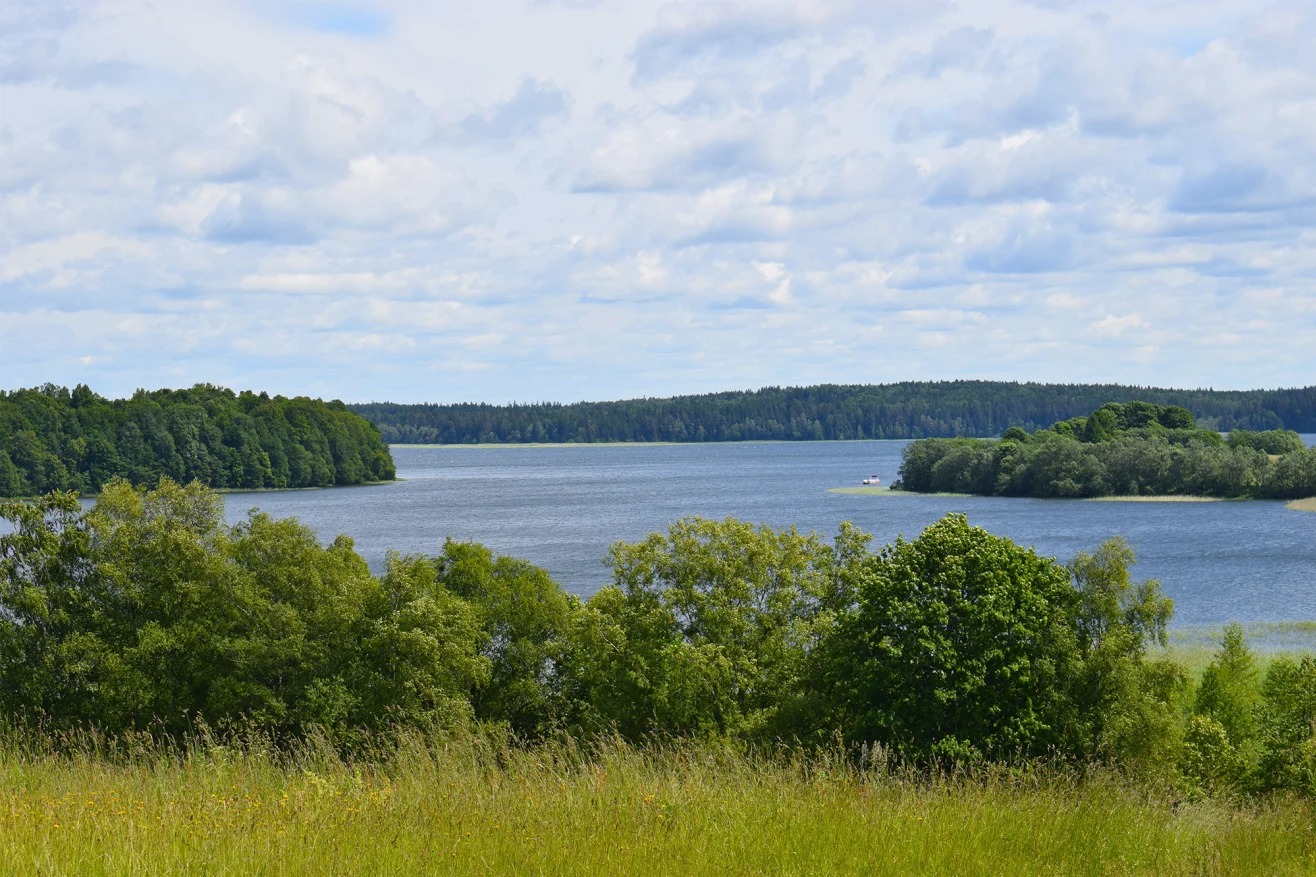 |
Mannequins of soldiers in hazmat suits stand in a corridor. |
The remote location of the Plokstine forest made it ideal for a vast underground base. The 12 sq km Lake Plateliai provided water for the cooling system, the surrounding villages were sparsely populated, and the soft sandy soil was easy to excavate.
The Plokstine missile base was completed in 1962 after two years of construction, involving over 10,000 workers from across the Soviet Union. Such a large project did not go unnoticed by the locals.
"People didn't know what kind of weapons were stored there, but we knew about the place," said Ausra Brazdeikyte, a guide at the Cold War Museum. She was born in a village near the base and has lived in the area her whole life.
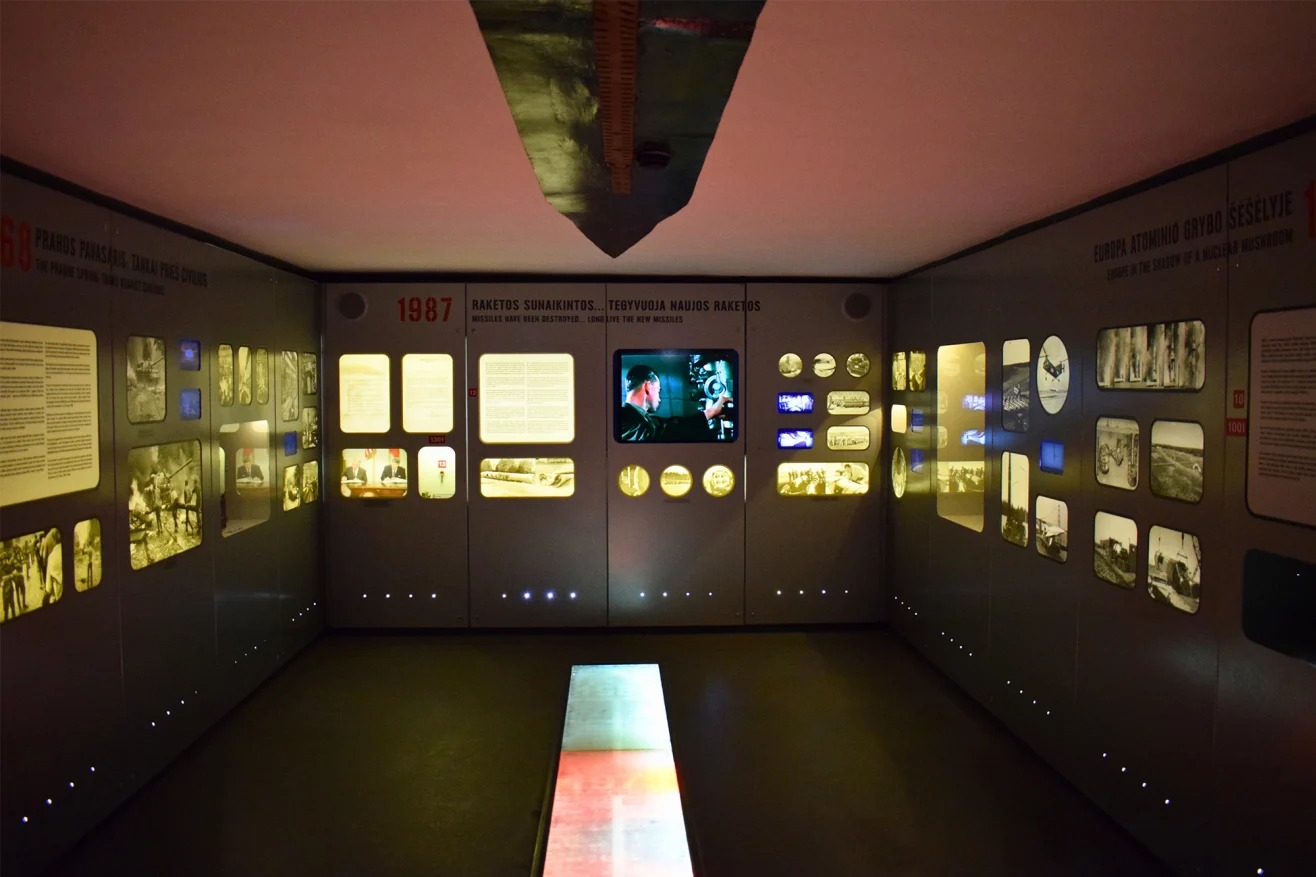 |
Items on display inside a bunker. |
A gallery showcasing historical documents about the base.
The complex was once heavily guarded, with a 3.2 km electric fence surrounding it. The dense forest made approaching the base extremely difficult.
The Soviet secrecy proved effective. US intelligence didn't discover the base via spy satellite until 1978. By then, the Soviets had already decommissioned it following a missile disarmament treaty with the US.
After Lithuania declared independence in 1990, the base was abandoned. With funding from the European Union (EU), local authorities rebuilt a museum at the base and opened it in 2012.
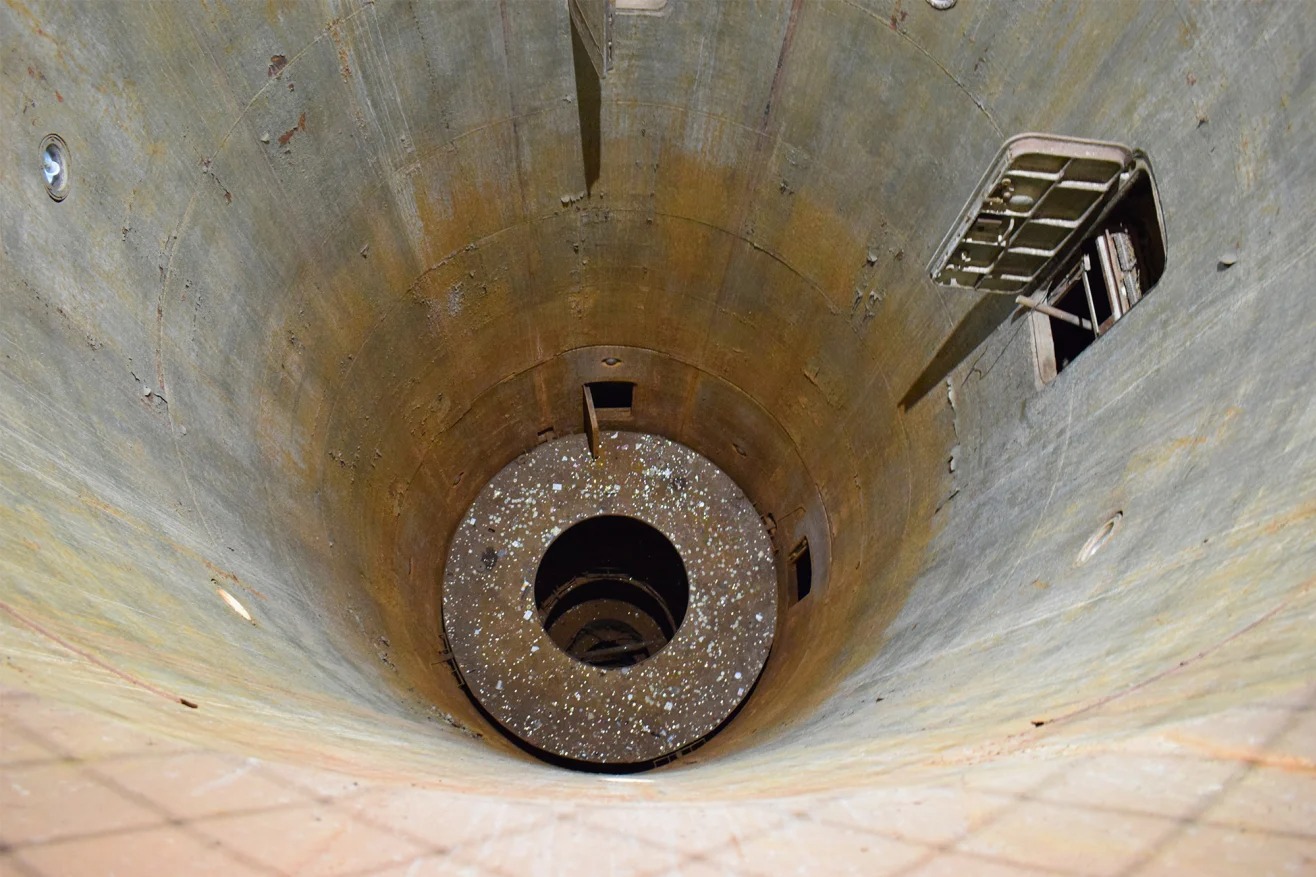 |
Gas masks hang on the wall next to a locker. |
Today, this once top-secret complex is the park's most popular attraction. 35,000 people from around the world visited in 2024 to explore the base, which is 30 m underground.
Pictured is a missile silo. The base's highlights include the missile silo with 4, 30-m-deep silos that once held R-12 Dvina missiles, a vast hall that housed missile fuel tanks, and an emergency power plant.
The R-12 was a Soviet medium-range ballistic missile with a range of about 2,000 km. The missiles never left the silos, but there were fatalities here.
"A soldier fell into a silo due to a broken safety rope during routine maintenance," Brazdeikyte said. "Two others died in a nitric acid spill while fueling a missile."
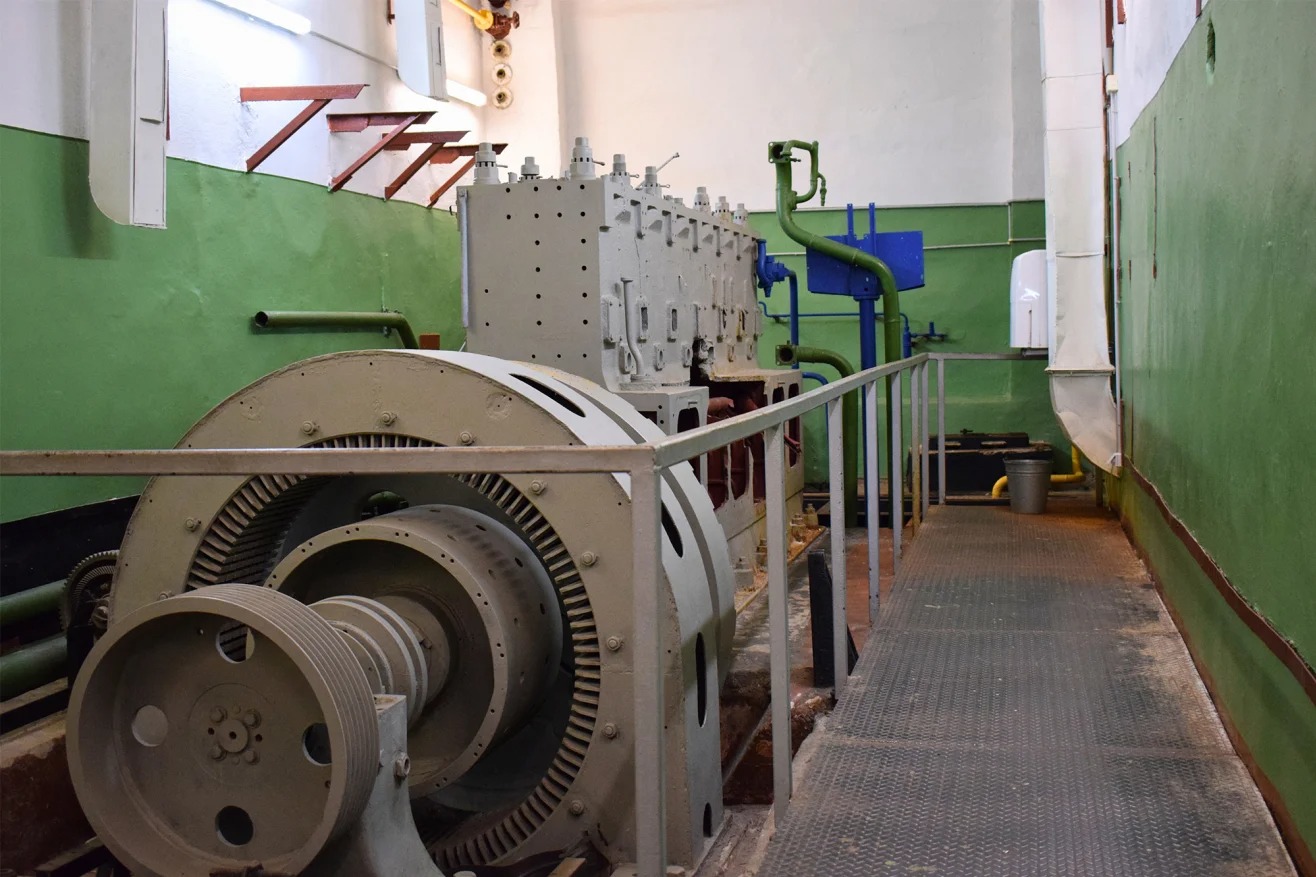 |
A building once used for administrative purposes in the town now stands abandoned and dilapidated. |
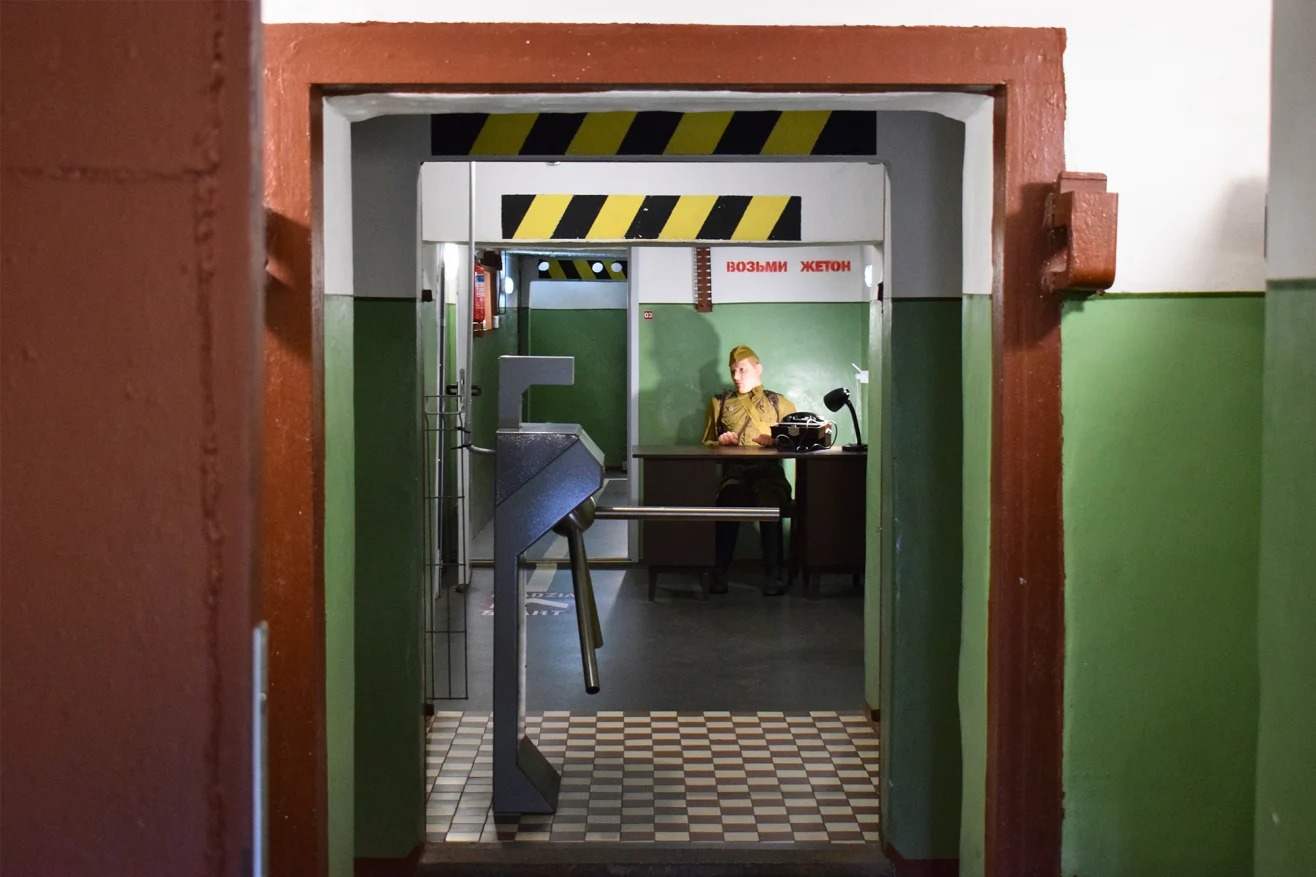 |
A view inside a church in the town of Plateliai, near the base. |
Mannequins dressed as soldiers give the impression of an active base for visitors.
The heart of the base is the underground command center, featuring statues of Lenin and Stalin, military medals, and decorations. Visitors pass through rooms decorated to represent different periods of the Cold War.
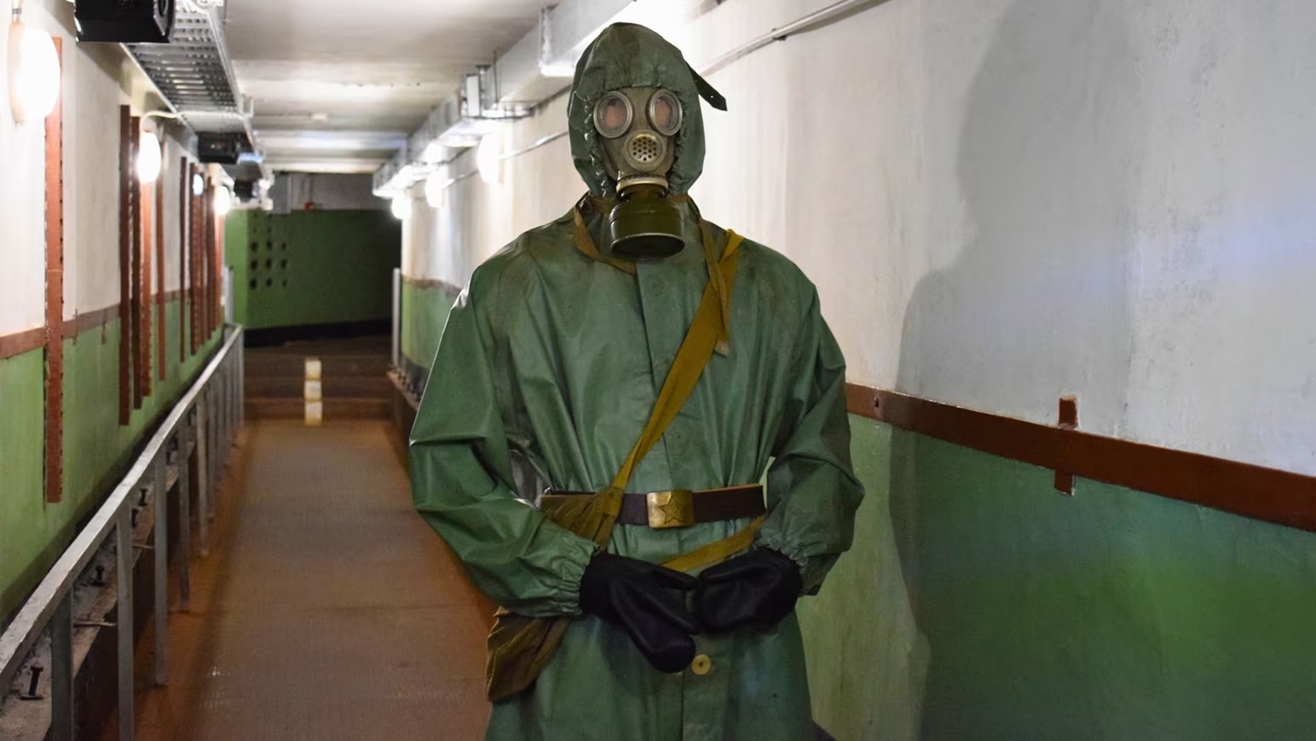 |
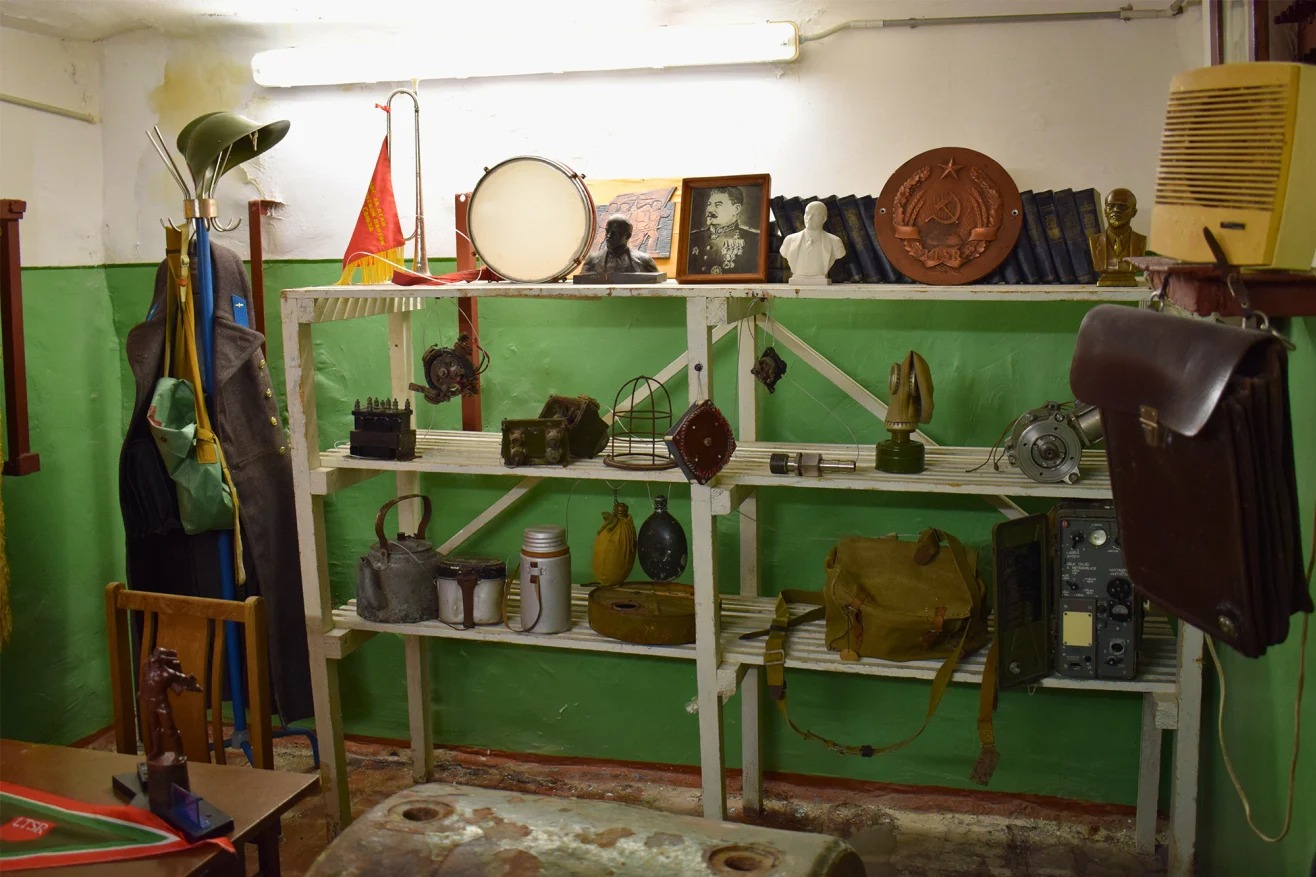 |
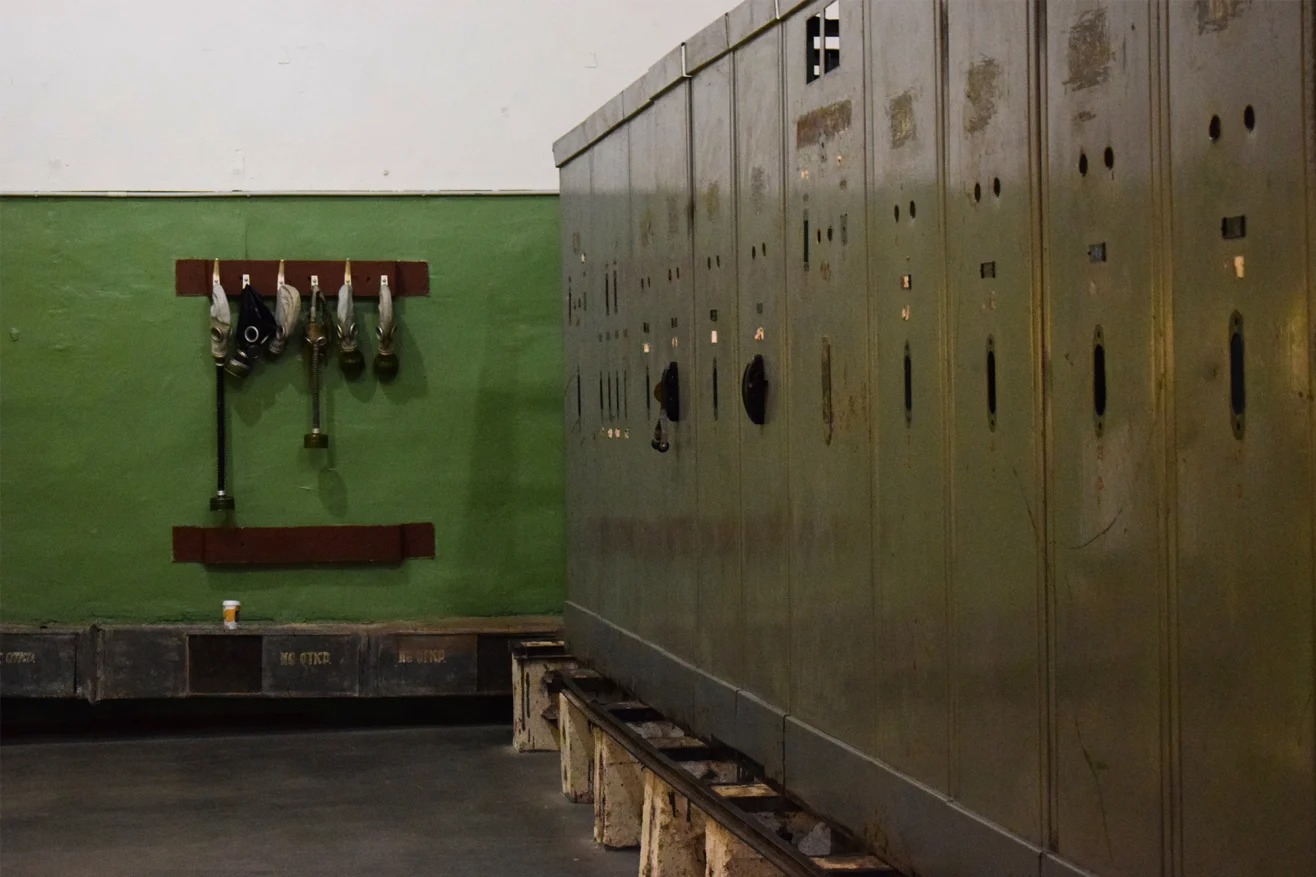 |
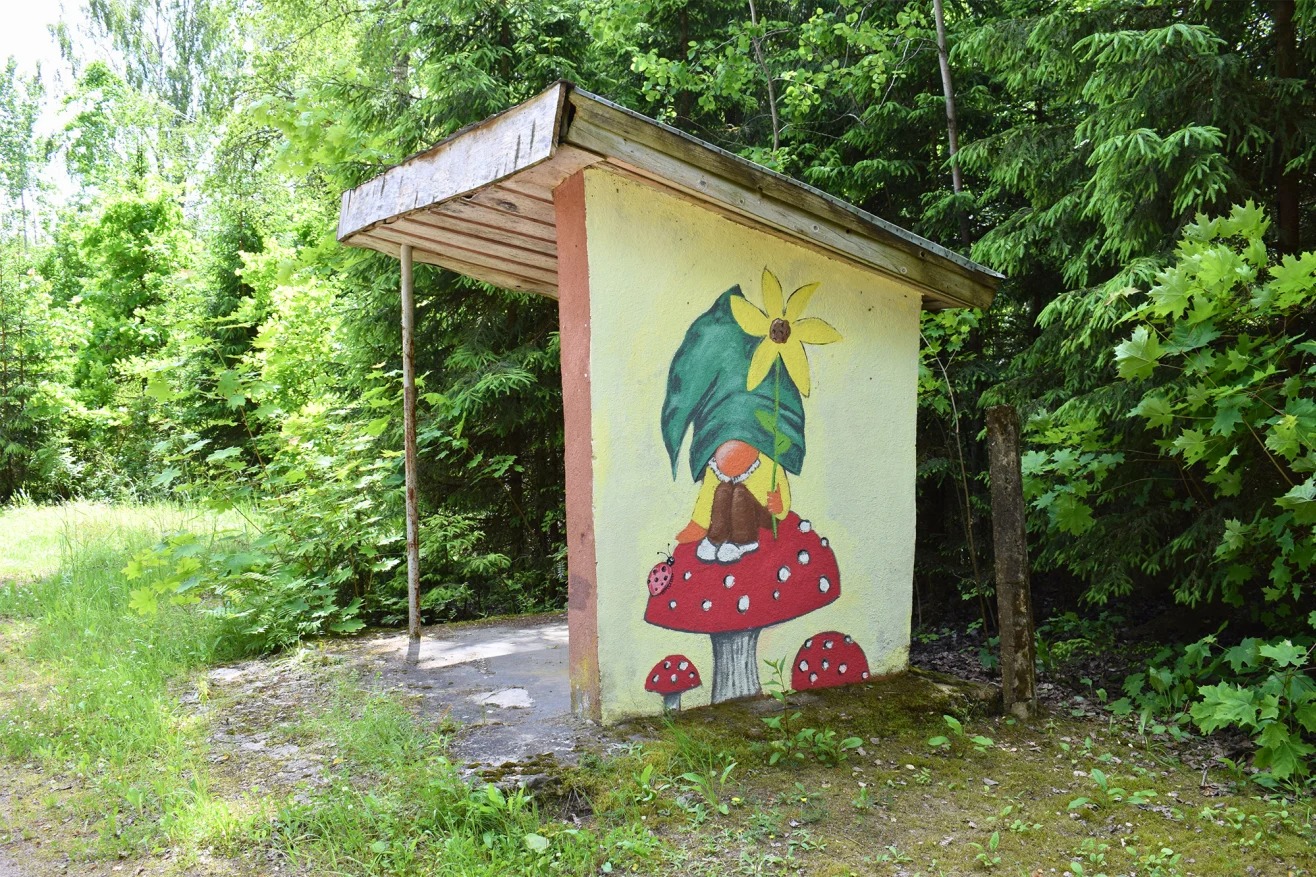 |
A short distance away is an unnamed town that housed about 300 soldiers and officers who worked at the missile base.
After the Plokstine base was decommissioned, some administrative buildings in the town were converted into a children's summer camp. The camp, named Zuvedra (Seagull), operated from 1979 to 1990. Pictured is the camp's bus stop.
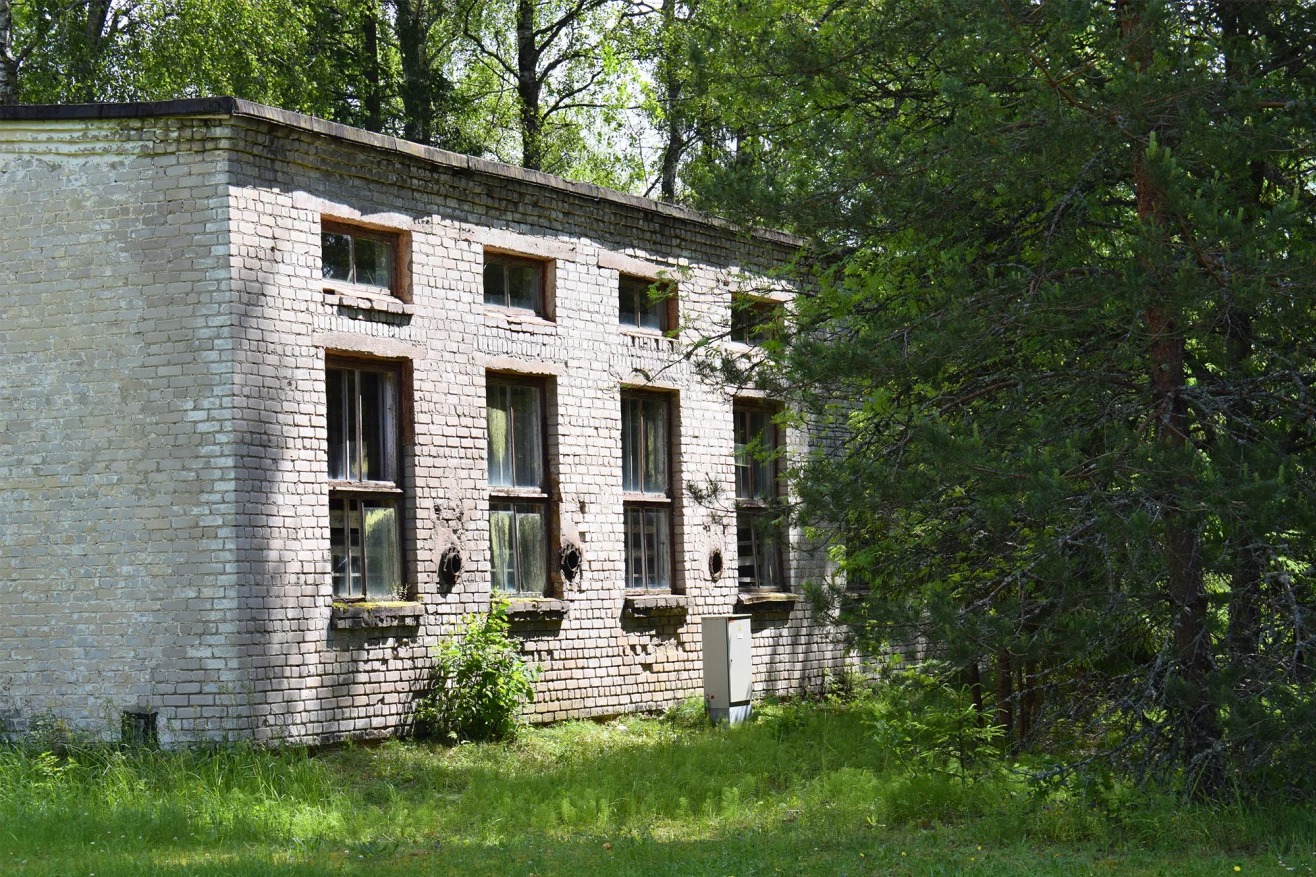 |
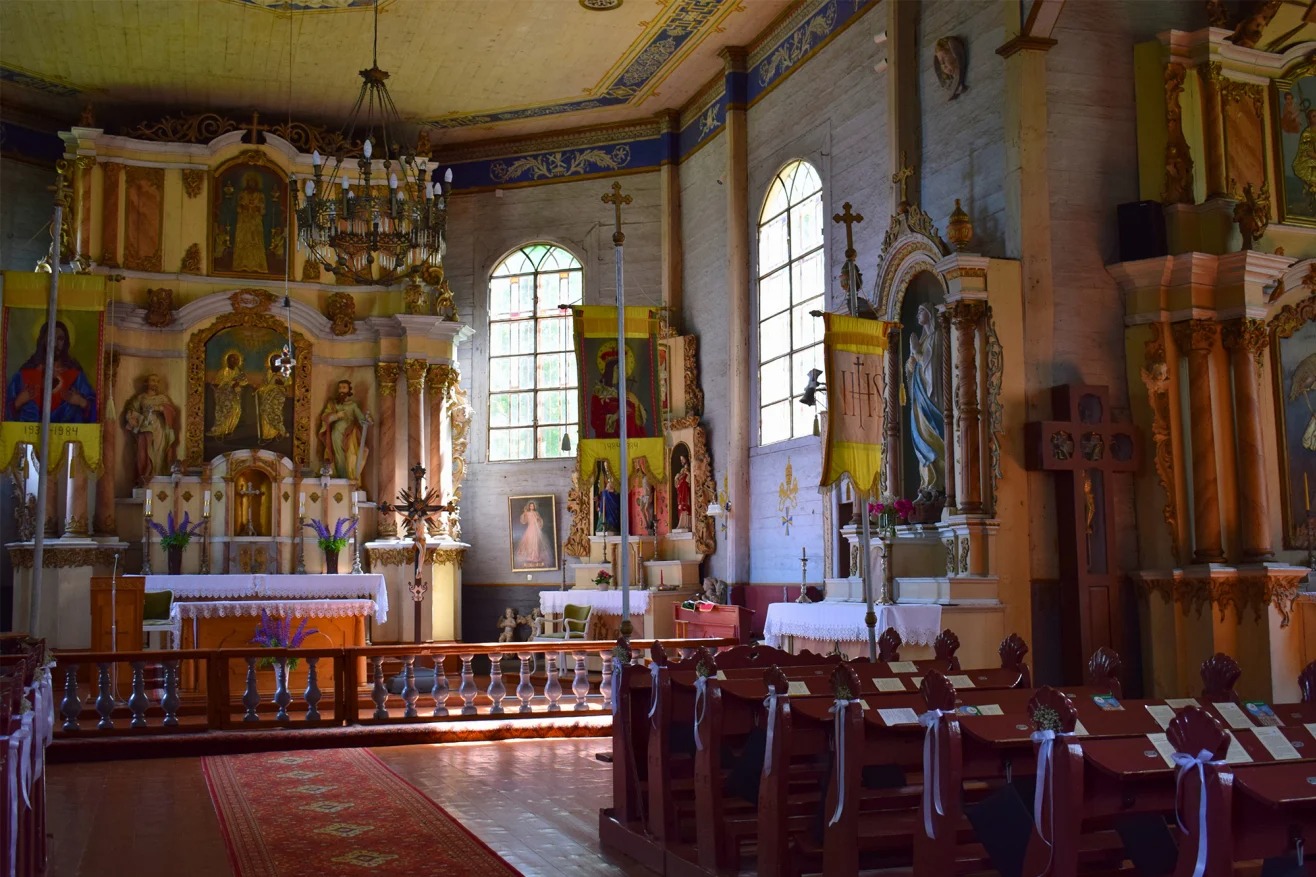 |
Hong Hanh (CNN)



